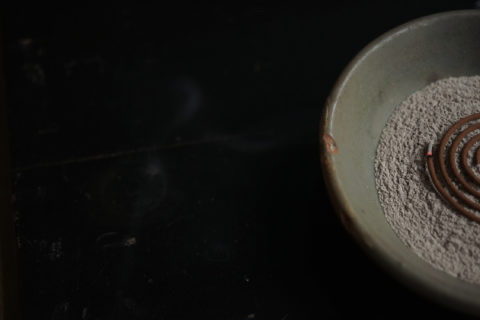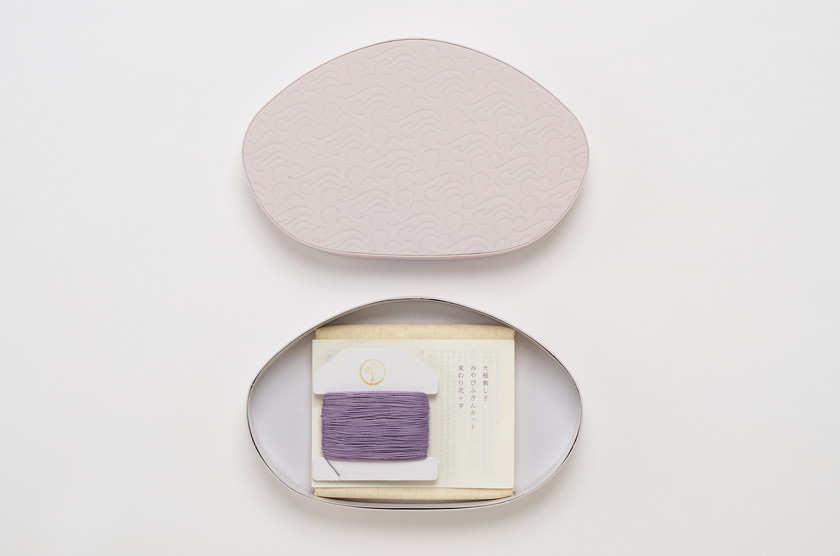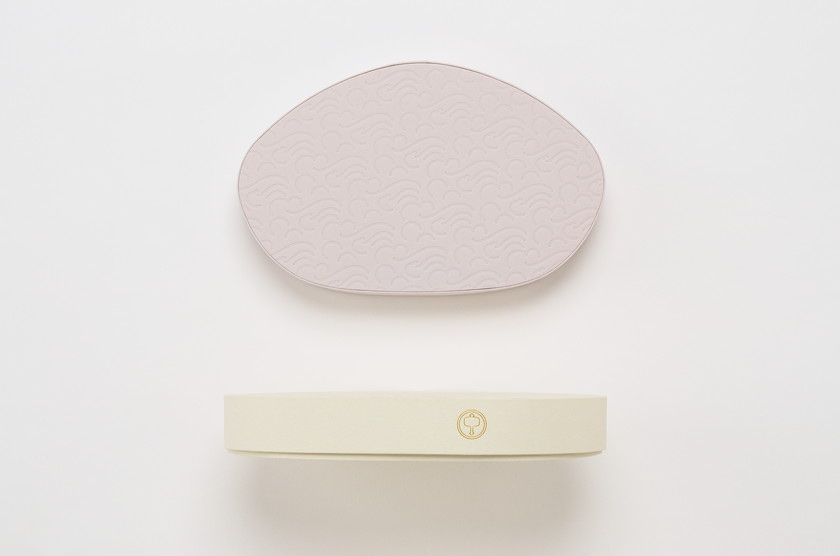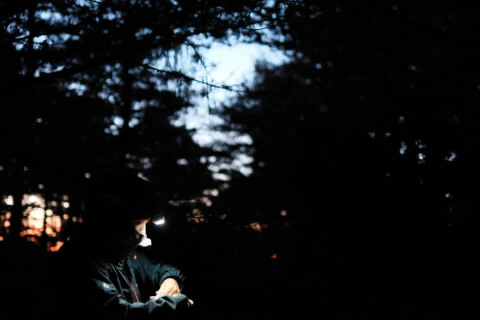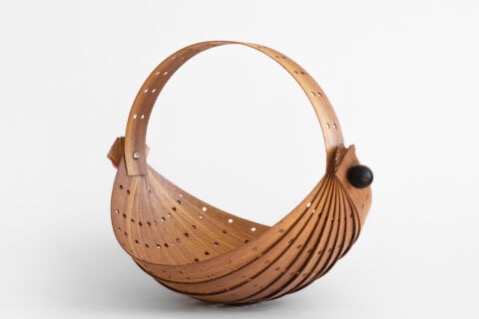日本2011年的311地震以後,災區的居民們,曾一度長時間聚居在臨時搭建的避難所裡,一時之間家園盡毁,前路茫茫,地區震興活動,除了復原生活所需的基建及設備外,另一個重點,是得恢復災民們的笑容、對未來的信心、與地方的連結。「大槌復興刺子計劃」,就是在這背景下誕生的。
刺子是日本東北地區重要的工藝。在布料極為貴重的時代裡,人們珍而重之地為舊布衣的破洞補上另一塊布,白線在布料上爬出不同的圖案,而色彩相異、重重疊疊的布料,使舊衣變得更為溫暖,助人們抵禦寒冬之餘,也彰顯了柳宗悅主張的「用之美」。
「大槌復興刺子計劃」發起自岩手縣上閉伊邵的大槌町,參與者都是於地震時居於避難所的婦女們。當時,大部份具體力的男士都去幫忙城鎮的整修工作,平常忙於家務的婦女們,於避難所裡就等於失去了自己的活動場所,縱使一籌莫展,她們仍希望為災區、為大家的生活做點事。在災難發生的三個月後,「大槌復興刺子計劃」便展開了。避難所內的婦人們聚在一起,將自己面臨災難時的傷痛、自彼此獲得的力量等等,一針一線地刺在布料上,製作為筆袋、手提包等等。透過刺子這傳統工藝,她們積在心裡的千頭萬緒得以紓發。
災區的生活環境現已一點點地恢復,但這計劃仍然繼續,而為了讓更多人接觸刺子工藝,她們近來推出了「雅布巾工具組」。工具組中包括:印了刺子設計圖的布巾、刺子用的線、說明書等。而盒子設計,則以傳達大槌町沿海風貎為主題,盒子呈貝殻形,上面還壓印了海浪圖案,拿在手裡時,大槌町的風土便在腦內浮現。
After Japan was struck by the earthquake on 11th March 2011, residents in the affected area had spent a long time living in makeshift shelters. With homes destroyed and facing a seemingly grim future, it was of utmost importance to rebuild the primary infrastructure to restore people’s basic needs of life. What is equally crucial is also to restore the victims’ faith in the future and their connection with the area. The Otsuchi Recovery Sashiko Project was born under this background, aimed to bring back smiles to the affected people.
Sashiko stitching is a culturally prominent handicraft in the Northeast region of Japan. Back in the days when fabric was a very precious material, people would employ this skill to reinforce points of wear or to repair worn places or tears with patches. By forming various patterns with the use of white stitches, the overlaying of colors and fabrics make winter clothes to resist the harsh winter. This technique also echoes Sooetsu Yanagi’s advocated philosophy of the “beauty of utility”.
The Otsuchi Recovery Sashiko Project was founded in the Kamihei District of Iwate Prefecture. Participants are mostly women who were staying at the earthquake shelters. During that time, most physically strong male have thrown themselves to the reconstruction works in town. With homes destroyed, the women who would have otherwise been keeping the house suddenly lost their focus and felt getting nowhere. They hoped to do something to contribute to the affected area. So three months after the earthquake, the Otsuchi Recovery Sashiko Project was unfolded and gathered up the women in the shelter homes. By stitching products like pencil cases and handbags thread by thread, they felt empowered again and became a great support for each other to overcome the pain suffered in the disaster. Through this traditional handicraft, they founded a reliable valve to release their stress.
Now the living condition in the affected area is slowly recovering, but the campaign is still ongoing and has allowed more people to get to know the tradition of Sashiko embroidery. The community has recently introduced a “Miyabi Tool Kit”, which includes a Sashiko design pattern printed on a piece of cloth, threads used by Sashiko and a user manual. Whereas the design of the box, which is shaped like a shell with a pattern of sea waves, is themed around the scenery of the coastal area in Otsuchi. This is like a miniature of Otsuchi’s terroir, that can be held in your hands.
